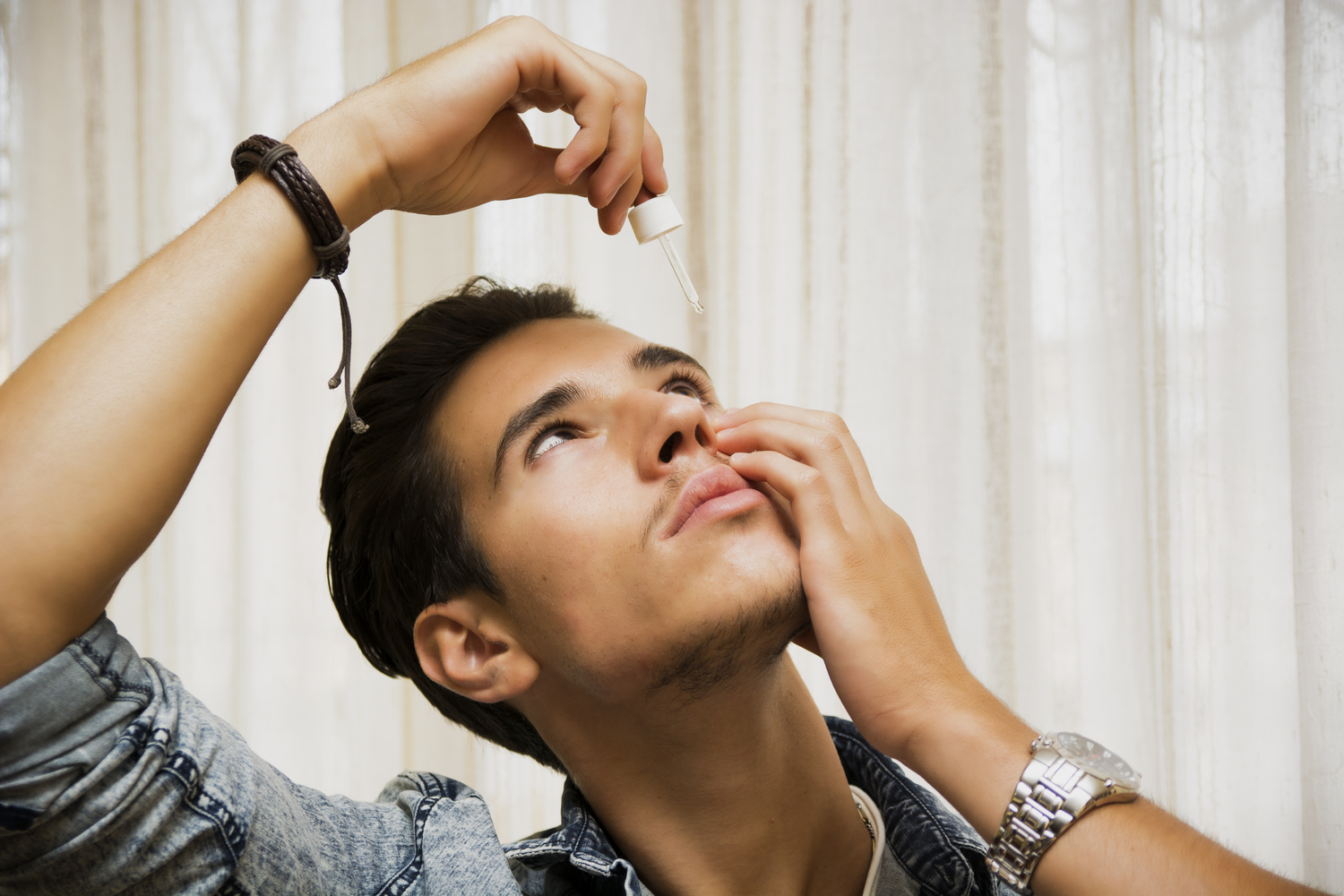
Dry Eye Syndrome – Its Causes and Prevention
Dry eye syndrome is a common condition in older adults and individuals who wear contact lenses. It occurs due to a lack of tear production in the eyes. This condition is curable and not life-threatening. The common symptoms are:
- Irritation
- Burning
- Stinging sensation
- Feeling pain and eyes appear red
Causes of dry eye syndrome
Tears are produced by the tear glands. These glands produce three different types of tear layers. They are:
- The outer oily layer
- A middle watery layer and
- An inner mucus layer.
When these glands turn defective due to swelling or infection, they stop producing tears, leading to dry eye syndrome. Some of the common causes of this dry eye condition are:
- Constant exposure to dry air or wind, especially to hot air from heaters during winter
- Eye allergies or infections
- Side effects of hormone replacement therapy
- LASIK eye surgery
- Side effects of medications such as nasal decongestants, antidepressants, antihistamines, and birth control pills
- Aging
- Frequent use of contact lens
- Long use of computer
- Inadequate blinking
How to prevent dry eye syndrome?
This eye condition can be prevented with proper care. Some of the prevention methods are:
- Protect your eyes from hot air
Avoid direct hot air from heaters, air dryers, fans, and air conditions into your eyes. - Humidify air
During winters use a humidifier to moisten dry indoor air.
- Use appropriate eye gears
Proper use of eye gears can prevent dry eyes, as it blocks the eyes from dry air and wind.
- Do not overstrain your eyes
Take frequent breaks in between activities, such as reading, watching tv, or working on screens. Blinking often helps spread the tears evenly. - Eye care according to the environment
The air is dry in places like airplanes, deserts, and hills or mountains. Blinking frequently or keeping your eyes closed for a few minutes reduces the evaporation of tears.
- Place computer screen below eye level
Proper positioning of your computer screen reduces eye exposure to blue light. Placing the computer below eye level keeps a narrow portion of the eye open. This reduces tear evaporation.
- Quit smoking
The smoke released from cigarettes aggravates dry eye syndrome.
- Frequent lubrication of eyes
Even if your eye is not dry, frequent lubrication helps prevent chronic conditions.
Treatment for dry eye syndrome
The treatment for this condition, like any other problem, depends on its severity. Some of the common treatment methods are:
- Artificial tears
Eye drops help increase moisture content in the eye.
- Lacrimal plugs
An ophthalmologist recommends the usage of plugs to block drainage holes in the sides of the eye. This prevents tear loss.
- Medications
Cyclosporine (Restasis) is a commonly prescribed medicine for dry eye syndrome. This medicine helps in increasing tear production and reduces the risk of cornea damage. In chronic conditions, corticosteroid eye drops are used for a short time.
- Surgery
Surgery is required to correct chronic dry eye syndrome. In this procedure, the drainage holes are blocked completely or partially to reduce drainage of tears.



